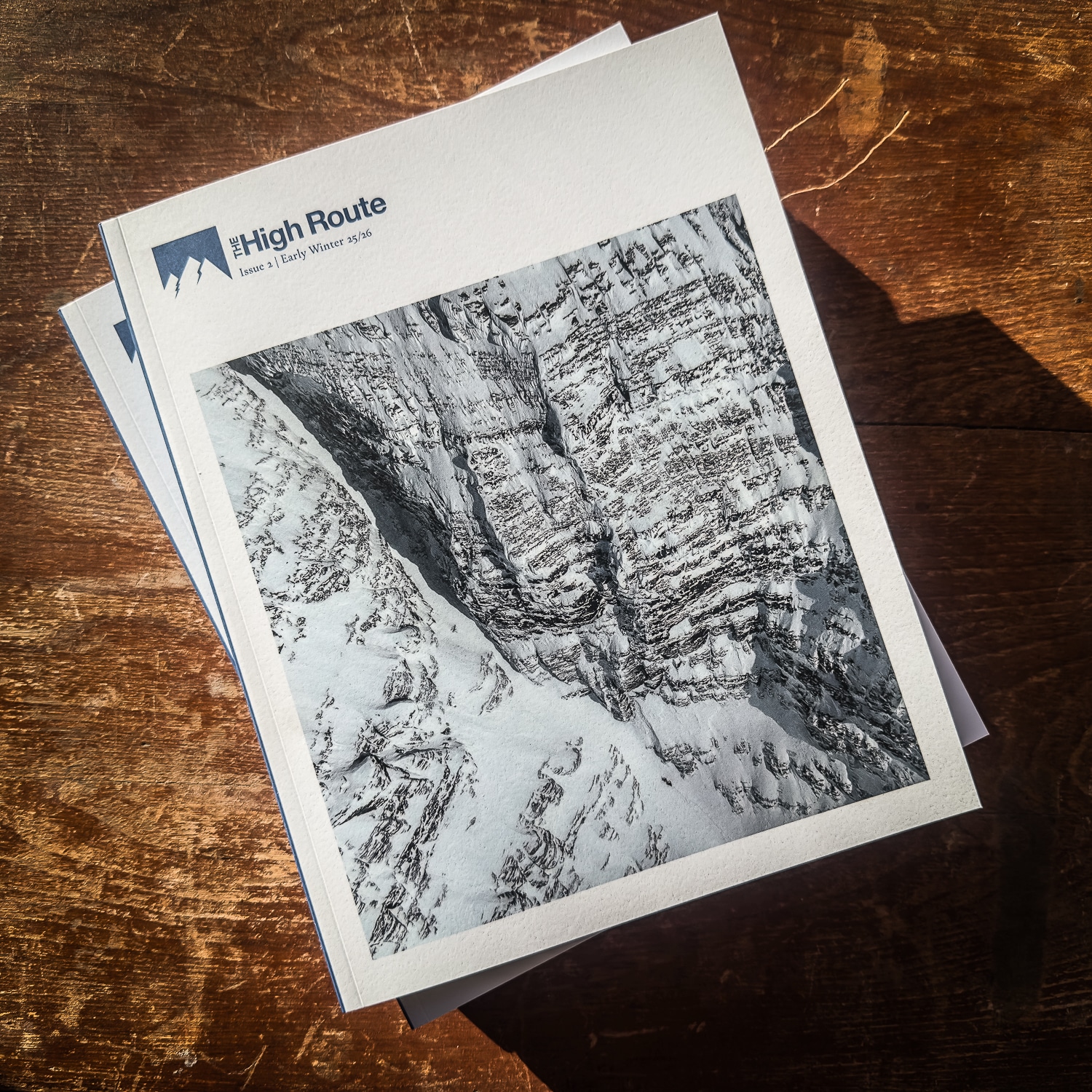We’ll continue our ISSW speed dating. Here’s round three.
In this episode of ISSW speed dating, we focus on a presentation by Dr. Christopher van Tilburg titled “Should Airbags be Standard Safety Equipment for Professionals and Recreationalists?” The author is no stranger to the airbag or no-airbag debate. In 2021, Van Tilburg penned a piece for Outside on the topic, and he is involved with the mountain rescue community and past airbag research.
For now, the standard and required safety tools to teach or participate in an avalanche class are the three staples: Beacon, shovel, and probe. Airbags are not a formal part of the safety tool arsenal. Here’s an extended excerpt from his recent paper to reinforce his point.
“The three main North American avalanche organizations—American Avalanche Association (A3), Canadian Avalanche Association (CAA), and American Institute for Avalanche Research and Education (AIARE)—have no formal recommendation for airbag use on their websites or in their publications, as confirmed by published information, websites, and personal communication with the three agencies. For A3 airbags are part of the core curriculum for only one course titled Avalanche Rescue; this is one of five courses that range from basic to advanced. For AIARE, airbags are considered ‘additional safety equipment’ in their 2021 student manual. In the CAA 2016 risk handbook, airbags are mentioned only once in discussion of risk statistics.”
Van Tilburg also presented a poster about his query. (See below.) It summarizes the paper’s key findings. On it, Van Tilburg repeats what we have heard before, that avalanche transceivers and airbags have roughly the same benefit regarding mortality reduction. This is not the first time we’ve heard or read this finding. Nonetheless, reading that data point makes us think.
We transcribed Van Tilburg’s presentation, which ran roughly 10 minutes—it is also published below. Yet, before we get there, the presentation was followed by a short Q & A. An audience member asked an excellent question.
Question: In terms of the beginning of the production of transceivers to when they were required by professionals, have airbags already gone beyond that timeline?”






Leave a Reply
You must be logged in to post a comment.